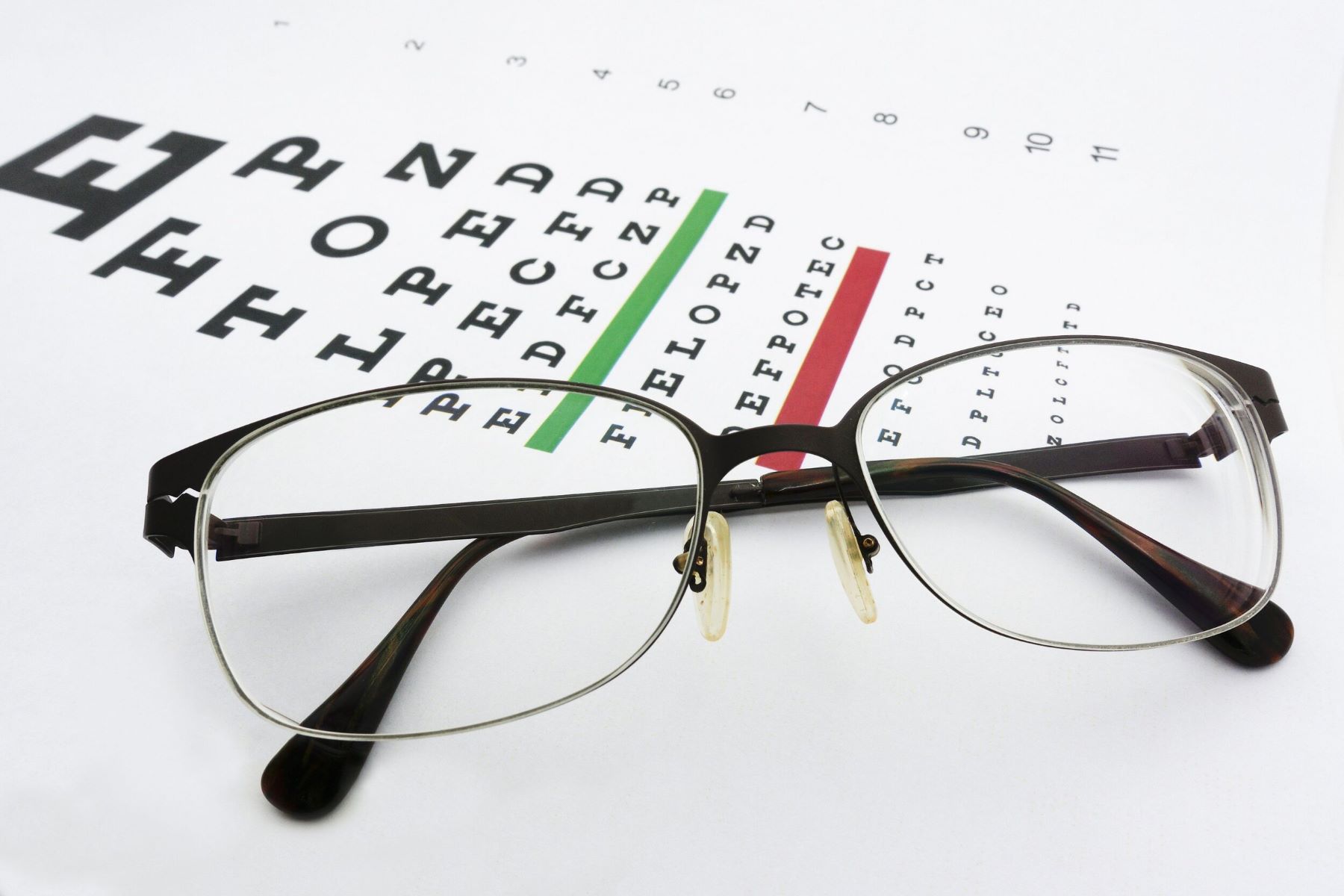
Ever heard of the Bates Method? This approach to improving eyesight without glasses or surgery has intrigued many. Developed by Dr. William H. Bates in the early 20th century, it focuses on natural techniques to enhance vision. But does it really work? Some swear by its effectiveness, while others remain skeptical. This method involves exercises like palming, sunning, and shifting to relax the eyes and reduce strain. Curious about the details? We'll dive into 20 fascinating facts about the Bates Method, shedding light on its principles, techniques, and the science behind it. Whether you're a believer or a skeptic, these insights might just change how you see things—literally!
What is the Bates Method?
The Bates Method is a set of exercises and techniques designed to improve eyesight naturally. Developed by Dr. William Horatio Bates in the early 20th century, it has gained a following among those seeking alternatives to glasses or surgery.
- Dr. Bates was an ophthalmologist who believed that many vision problems were caused by habitual strain on the eyes.
- The method emphasizes relaxation techniques to reduce eye strain and improve vision.
- Bates published his ideas in a book titled "Perfect Sight Without Glasses" in 1920.
- The method includes practices like palming, sunning, and shifting to promote eye health.
- Bates argued that glasses could worsen vision over time by making the eyes dependent on them.
Techniques Used in the Bates Method
Several techniques form the core of the Bates Method. These exercises aim to relax the eyes and improve focus.
- Palming involves covering the eyes with the palms to block out light and relax the optic nerve.
- Sunning requires exposing closed eyes to sunlight to stimulate the retina.
- Shifting encourages the eyes to move smoothly from one point to another, reducing strain.
- Swinging involves moving the body and head side to side while keeping the eyes relaxed.
- Central Fixation focuses on seeing objects clearly by looking directly at them rather than using peripheral vision.
Controversies Surrounding the Bates Method
Despite its popularity, the Bates Method has faced criticism from the medical community.
- Many ophthalmologists argue that there is no scientific evidence supporting the effectiveness of the Bates Method.
- Critics claim that the method's success stories are anecdotal and lack rigorous clinical trials.
- Some experts believe that the temporary improvements reported by users are due to placebo effects.
- The American Academy of Ophthalmology does not endorse the Bates Method, citing a lack of scientific validation.
- Despite the controversies, many people continue to practice the Bates Method, reporting positive results.
Benefits Reported by Practitioners
Practitioners of the Bates Method often share their experiences and benefits gained from the exercises.
- Many users report reduced eye strain and headaches after regular practice.
- Some claim to have improved their vision enough to reduce or eliminate their need for glasses.
- Practitioners often experience better focus and concentration in daily activities.
- The method is praised for its holistic approach, promoting overall eye health and relaxation.
- Users appreciate the non-invasive nature of the exercises, finding them easy to incorporate into daily routines.
Final Thoughts on the Bates Method
The Bates Method offers a unique approach to improving eyesight without relying on glasses or surgery. By focusing on relaxation techniques, eye exercises, and better habits, many people have reported positive changes. While not universally accepted by the medical community, the method has a loyal following and plenty of anecdotal evidence supporting its effectiveness.
If you're curious about natural ways to enhance your vision, the Bates Method might be worth exploring. Just remember, results can vary, and it's always a good idea to consult with a healthcare professional before starting any new regimen. Whether you choose to try it or not, understanding different perspectives on eye health can only benefit you. Keep an open mind, and you might find a solution that works for you.
Was this page helpful?
Our commitment to delivering trustworthy and engaging content is at the heart of what we do. Each fact on our site is contributed by real users like you, bringing a wealth of diverse insights and information. To ensure the highest standards of accuracy and reliability, our dedicated editors meticulously review each submission. This process guarantees that the facts we share are not only fascinating but also credible. Trust in our commitment to quality and authenticity as you explore and learn with us.


